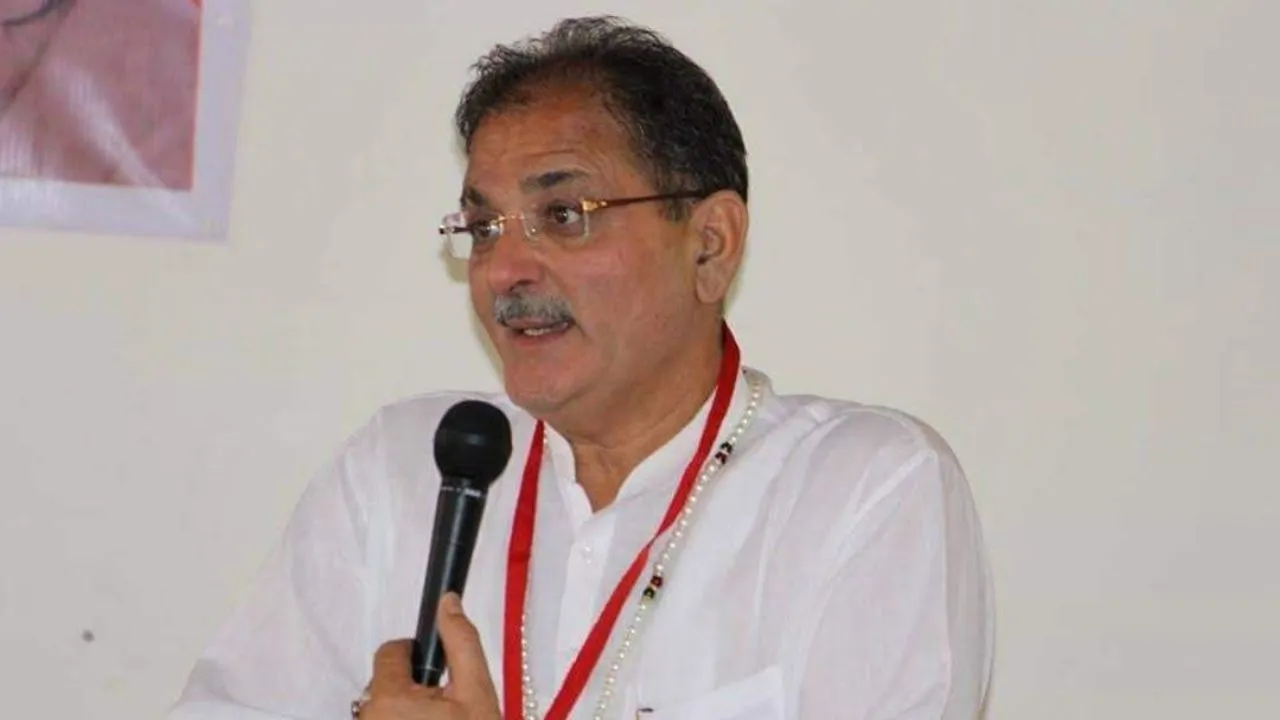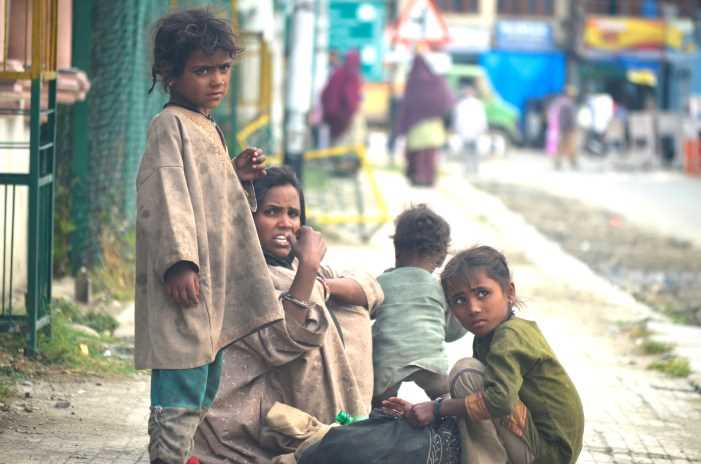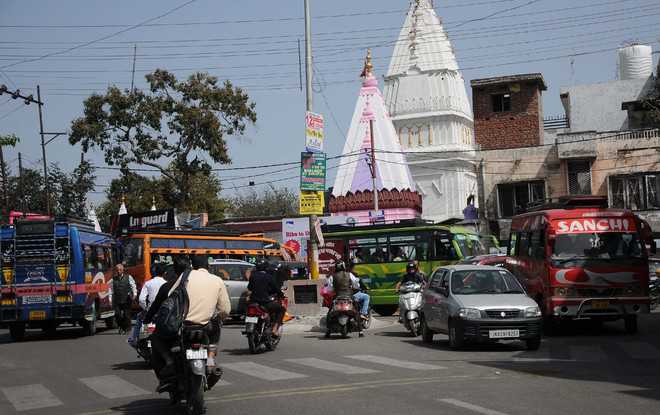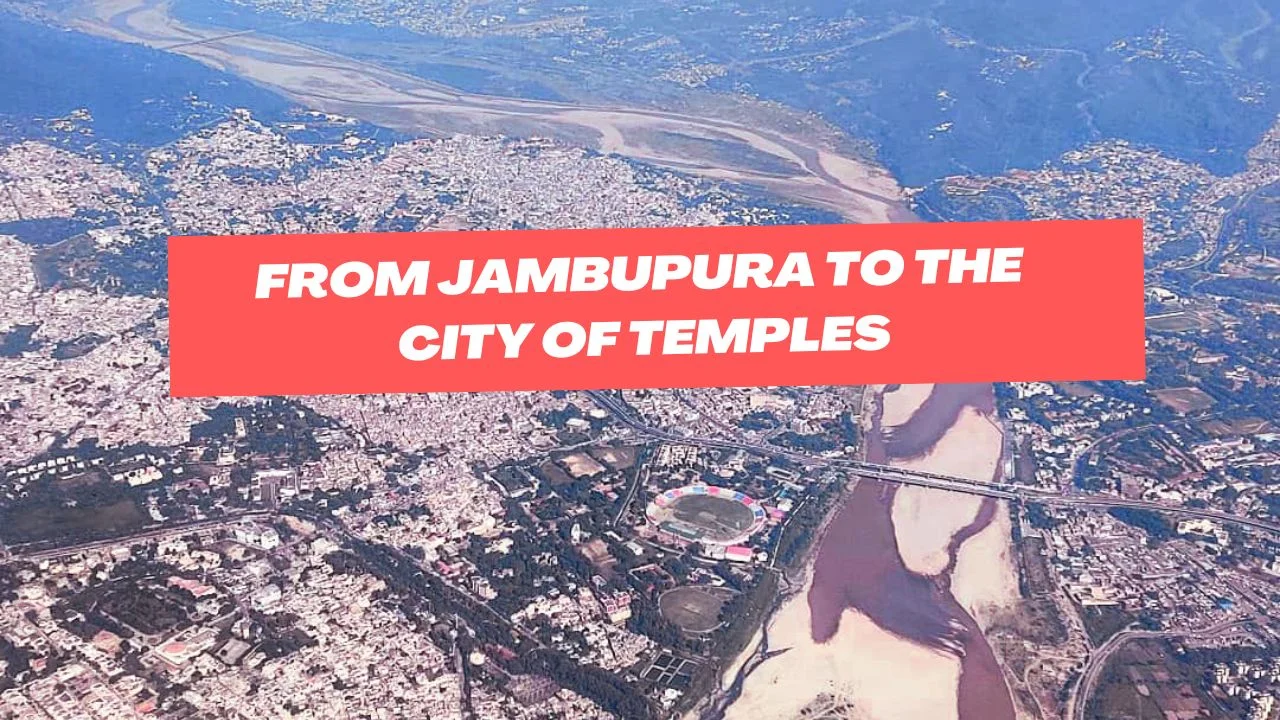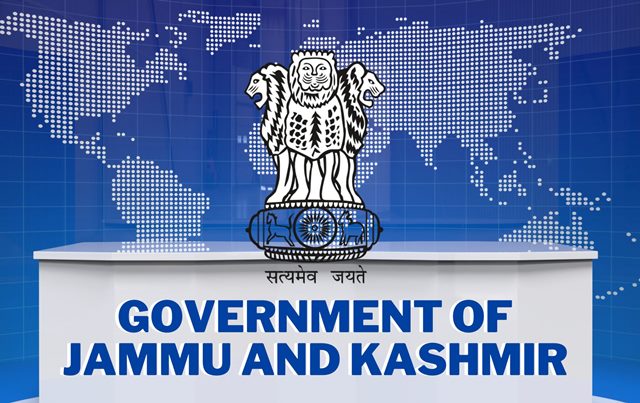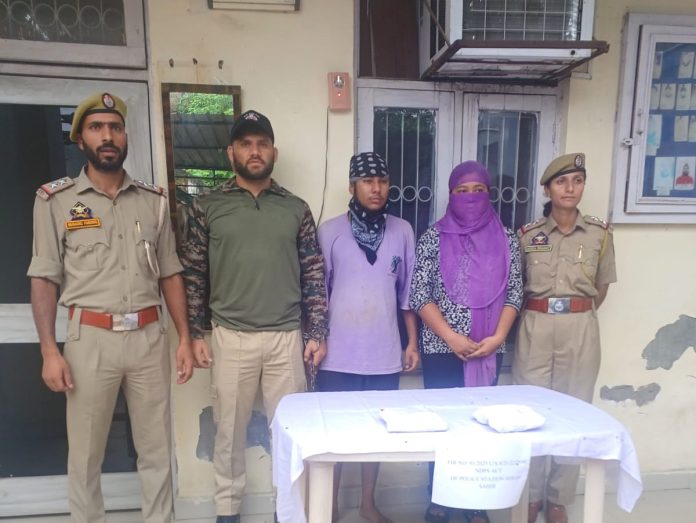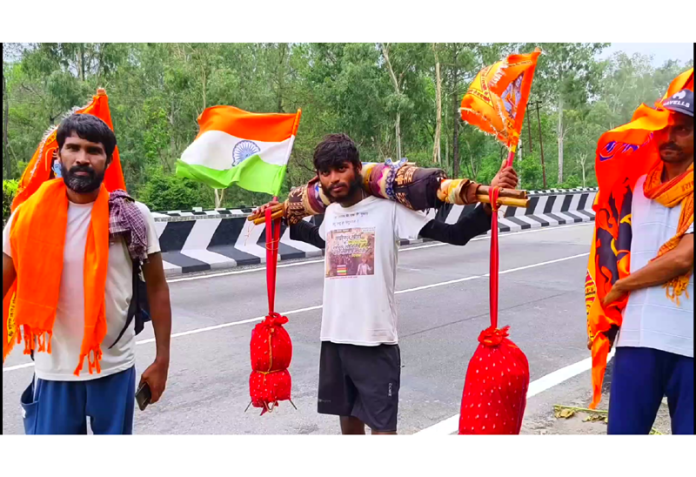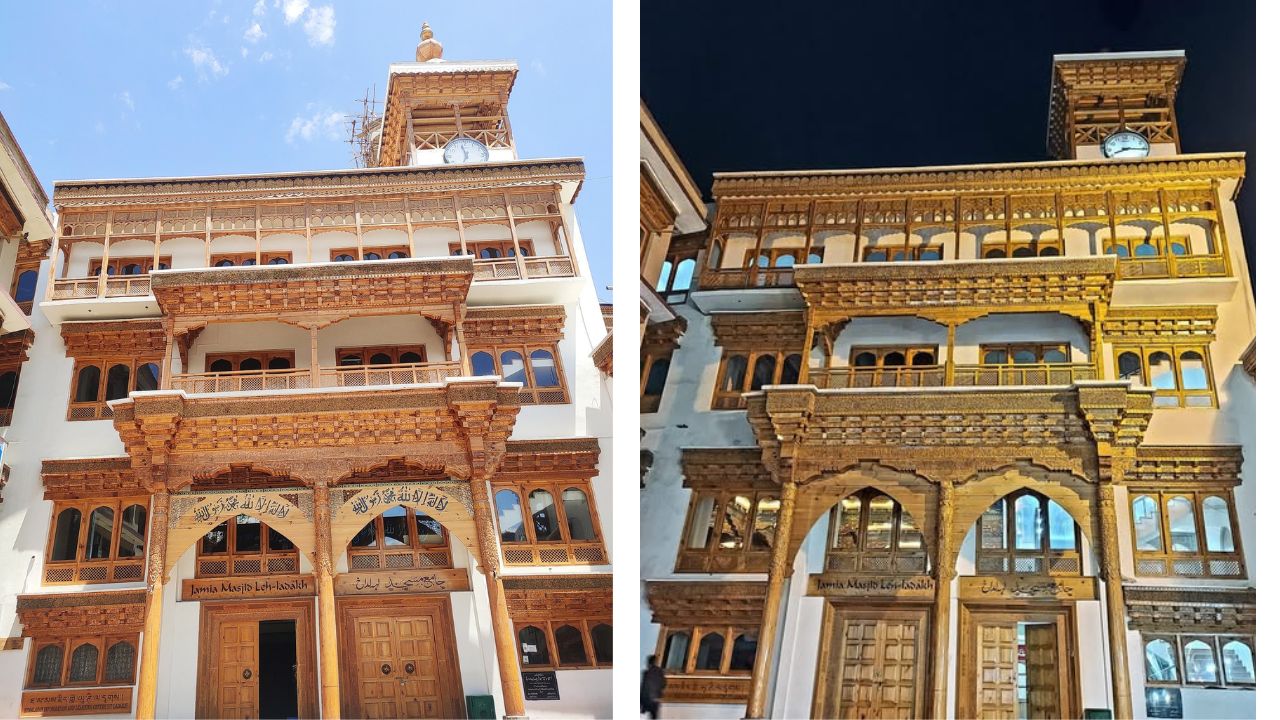Written By Anmol Gupta
It is well documented that after the death of Maharaja Ranjit Singh and the defeat of the Sikhs in the Anglo Sikh Wars, the territory under the Sikhs was redistributed by the British. As part of the redistribution, the British appointed Gulab Singh of Jammu as the ruler of the state of Jammu and Kashmir under the Treaty of Amritsar (1846) for a monetary consideration of Rs 75 lakhs. As per the treaty signed in the month of March, the payment had to be made by October 1 of that very year. 

Read also: The Forgotten Maharaja Hari Singh
However, what is not that well known is that along with the Jammu and Kashmir regions, the British had also offered the region of Kangra in the present day Himachal Pradesh to Gulab Singh for a further consideration of Rs 30 lakhs. But as the monetary consideration was beyond the means of the Maharaja, he had to forego the opportunity to make the region a part of his kingdom. And, subsequently the Kangra state was made a fiduciary of the Shimla state.
To put things into perspective, the Kangra district today is the most populated district in the state of Himachal Pradesh with a population of over 15 lakhs and the town of Dharamshala serves as its district headquarters.
Although today the amount of Rs 30 Lakh may seem paltry and at best will buy only a few Marlas of land in the city of Jammu but obviously back in the mid 1800s if was a really huge sum of money which could buy thousands of square kilometers of territory.
In hindsight, what if the Maharaja at that time had chosen to keep Kangra with Jammu rather than Kashmir. One can be sure that even though the state would still have been called J&K (Jammu and Kangra) and would have attracted tourists in droves, the average Jammuite would have been spared of all the violence and turmoil that engulfs the region today on account of its association with Kashmir. If only, the Maharaja had more money in the year 1846 or had he chosen more wisely, the fate of his descendants or the people of Jammu would have been different.


